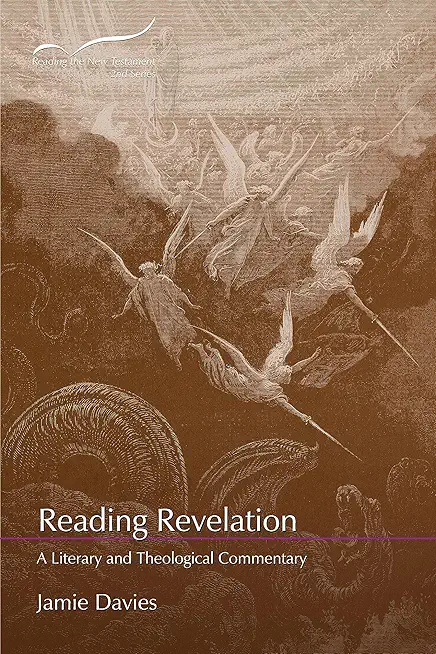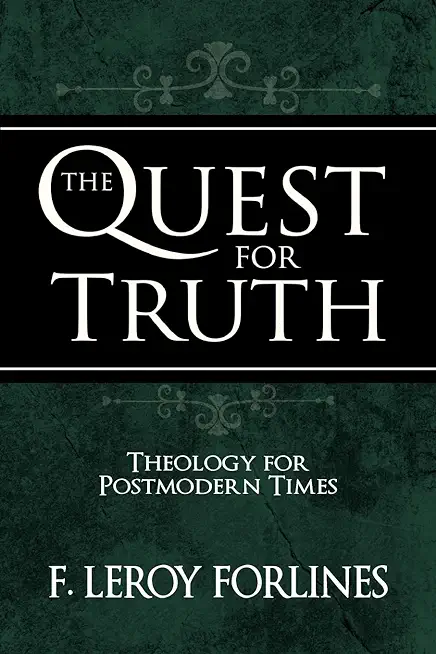
description
sunderstood book of the New Testament. The challenge of reading Revelation well lies largely in appreciating its literary form as an 'apocalypse, ' a genre of writing full of bewildering imagery and complex structural features. The book's visions and images are not a code to be deciphered but a means of transforming the Christian theological imagination, disclosing in many-layered ways the nature of the powers of evil in the world, God's victory over them, and the church's call to faithful witness in the present time. At the theological heart of the book, however, is God's self-revelation in Jesus Christ. Since Revelation's literary form and its theological meaning are inseparable, this commentary approaches the challenge of interpretation by integrating these two horizons, reading Revelation both as a work of literature and a work of theology.
Edited by Todd D. Still, Charles J. and Eleanor McLerran DeLancey Dean & William M. Hinson Professor of Christian Scriptures at Baylor University's George W. Truett Theological Seminary, the Reading the New Testament commentary series presents cutting-edge biblical research in accessible language.
Jamie Davies (PhD, St Andrews) is Tutor of New Testament and Director of Postgraduate Research at Trinity College, Bristol (UK). His research largely concerns apocalyptic thought in the New Testament and other Second Temple Jewish and Christian literature, with a focus on the letters of Paul and the book of Revelation.
member goods
No member items were found under this heading.
Return Policy
All sales are final
Shipping
No special shipping considerations available.
Shipping fees determined at checkout.







